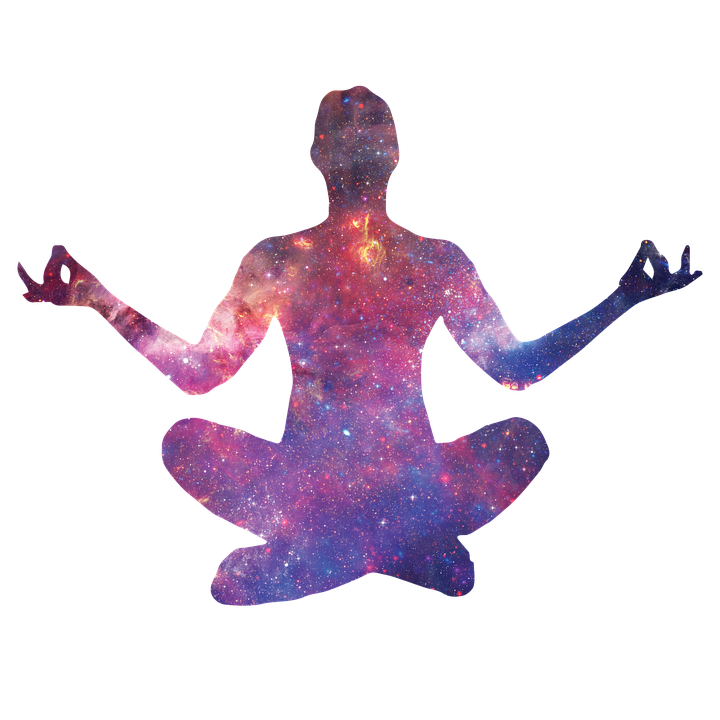Natural method to fight insomnia, fall asleep more easily, and sleep better.
When people suffer from insomnia, or have difficulty falling asleep ( due in large part to the stress and anxiety that causes our pace of life), many tend to use pills or other chemicals that alter the body making it easier to fall asleep.
In addition to these chemicals that often have side effects, there are also natural methodsthat help our body to go to sleep and fall asleep .
These 6 yoga stretches will help you fall asleep and rest better at night
1.- Chandra Bhedana (respite from the moon)
The left nostril is associated with the cooling energy of our organism, while the right nasal orifice is associated with the heat energy.
This breathing through the left orifice helps to move the stress away from the mind. Simultaneously, the respiration massages the organs related to the dream, causing them to send relaxation messages to the mind so that it is easier to fall asleep.
How is it done?
- Sit in a comfortable position.
- Make the seal of the deer with the right hand (as in the photo), press the right hole with the thumb and inspire through the left hole.
- Stop pressing the right hole with your thumb, with the ring finger press the left hole, and expire through the right hole.
- We can do this breathing for 1-3 minutes or until we begin to feel calm and calm.
2.- Padangusthasana (posture of the big toe)
- Stand with your feet apart at your hips.
- Slowly and without losing control tilt the upper part of the body forward.
- Grasp the big toes of each foot firmly with the index fingers, heart and thumb of each hand.
- Flexing the elbows, pulling the upper part of the body down, lowering the head and relaxing the head and neck.
- Breathe deeply and continuously for 1-3 minutes.
3.- Agnistambhasana (posture of the bonfire)
As we loosen our hips, our body will respond by releasing the tension of other muscles and organs preparing the body for the moment of sleep.
- Extend the left leg forward and flex it 90 degrees to the height of the knee.
- Flex the right foot and place over the left knee so that your right leg rests on top of the left.
- If this posture causes pain in the hip joint, bring the left foot closer to the pelvis.
- Bring your hands forward while we exhale increasing the stretch.
- Hold the posture for approximately 1 minute and alternate legs.
4.- Uttana Shishosana (extended puppy posture)
How is it done?
- Start upside down on hands and knees (knees separated just below the hip).
- Keeping the hips on the knees, bring your hands forward.
- Keep your elbows up (without touching the ground) while letting our chest rest and facing down.
- Massage the forehead from left to right to relieve facial tension.
- Hold for about 1 minute and let go with your hips back.
5.- Supino Turn
Inverted and reclined positions such as the supine turn promote sleep by relaxing the baroreflex, a reflex that maintains constant blood pressure.
How is it done?
- Start lying on your back (looking up) and bring your knees to your chest.
- Extend the arms straight on each side of the body and let the knees fall to the right side (left knee on right knee).
- Bring the left shoulder down (back) allowing gravity to pull the legs towards the ground.
- For a deeper stretch, put the left hand on the right knee and pull it down (with the right arm extended outwards).
- Maintain this posture for several deep breaths (1-3 minutes) and try to relax.
6.- Viparita Karani (legs position up against the wall)
This completely passive posture allows us to concentrate on the conscious relaxation of stretching by preparing the mind for sleep. In addition, it has the added benefit of draining bad blood from the legs by refreshing the circulatory system.
How is it done?
Place a block or reinforcement 10 centimeters from the wall.
Place the sacrum on the reinforcement so that the back bones occupy the space between the reinforcement and the wall.
Bring the arms straight to the sides, palms facing the sky.
Maintain this posture for 5-15 minutes
Make a mental tour of the entire body trying to relax every muscle or group of muscles of the body (starting with the feet and slowly rising up to the muscles of the face). Sleep tight.





